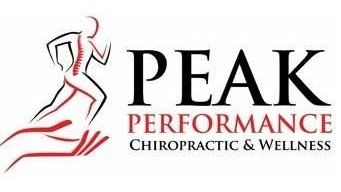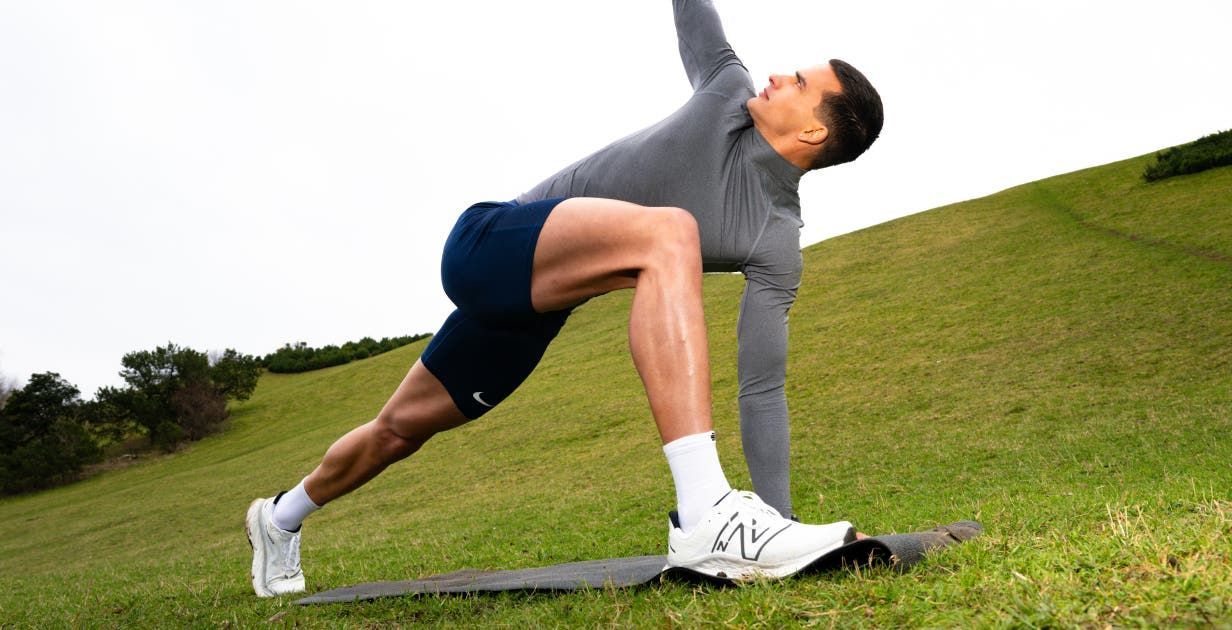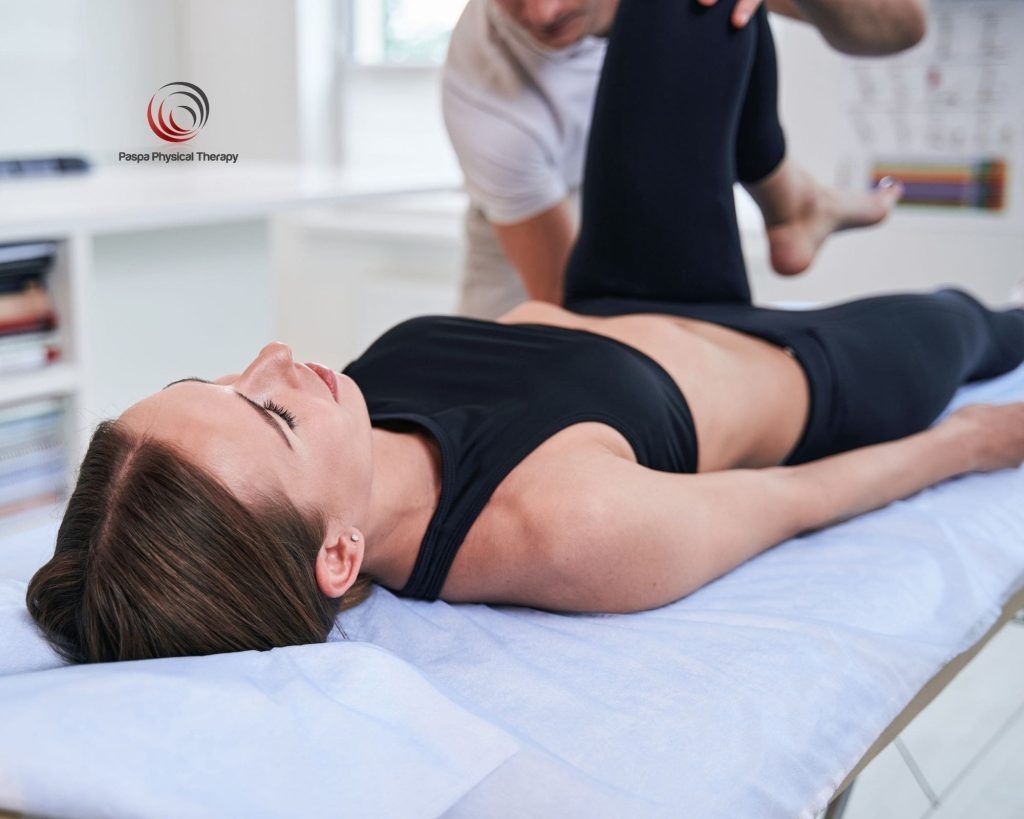Thoracic Outlet Syndrome
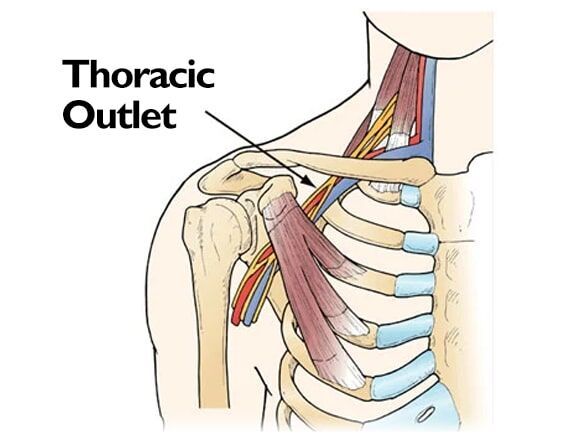
Let’s explore what TOS is, what causes it, how it’s treated, and how you can prevent it.
What is Thoracic Outlet Syndrome?
- Neurogenic TOS: The most common type, involving compression of the brachial plexus (a network of nerves that controls muscle movements and sensations in your shoulder, arm, and hand).
- Venous TOS: Involves compression of the veins, potentially leading to swelling, discoloration, or blood clots in the arms.
- Arterial TOS: The least common type, caused by compression of the arteries, often leading to cold or pale fingers and weakened pulse in the arm.
- Pain or numbness in the neck, shoulder, or arm
- Tingling or weakness in the hands
- Swelling or discoloration of the arm
- Fatigue or heaviness in the arm after activity
How Does Thoracic Outlet Syndrome Occur?
- Poor Posture: Slouching or forward-head posture can reduce the space in the thoracic outlet, increasing pressure on the structures within.
- Repetitive Motion: Overhead activities or repetitive arm movements, such as typing or lifting, can strain the muscles and tissues around the thoracic outlet.
- Trauma: Injuries such as whiplash or clavicle fractures can lead to TOS by altering the anatomy of the thoracic outlet.
- Congenital Anomalies: Some individuals are born with extra ribs (cervical ribs) or other anatomical variations that predispose them to TOS.
- Athletic Activities: Sports that involve repetitive arm movements, such as swimming, baseball, or weightlifting, can increase the risk of developing TOS.
Treating Thoracic Outlet Syndrome
- Spinal Adjustments: To improve alignment and reduce pressure on the thoracic outlet.
- Soft Tissue Therapy: To release tight muscles and improve blood flow to the affected area.
- Postural Correction: Education and exercises to restore proper posture and reduce strain on the thoracic outlet.
3. Physical Therapy and Exercise
- Scapular Stabilization: Strengthening the muscles around your shoulder blades to support proper alignment.
- Neck Stretches: Reducing tension in the neck and upper trapezius muscles.
- Pectoral Stretches: Opening up the chest to relieve compression in the thoracic outlet.
Adjustments to your daily activities can help reduce symptoms. For example:
- Avoid carrying heavy bags on one shoulder.
- Take breaks from repetitive activities like typing or driving.
- Maintain proper posture during work or physical activities.
Preventing Thoracic Outlet Syndrome
Good posture is the foundation of a healthy musculoskeletal system. Focus on:
- Keeping your shoulders relaxed and down.
- Avoiding forward-head posture.
- Sitting with your back supported and feet flat on the ground.
Ensure your workspace is set up to reduce strain:
- Use an ergonomic chair and desk setup.
- Position your computer screen at eye level.
- Use a supportive keyboard and mouse.
Why Choose Peak Performance in Buffalo, NY?

When it comes to filling a stocking, there’s something magical about tiny treasures that pack a big punch. Sure, candy canes and fuzzy socks are classics—but what if your stocking stuffers could actually make someone feel better long after the holiday sugar crashes fade? This year, level up your gifting game with wellness-forward, feel-good, wow-that’s-so-useful ideas curated with your favorite chiropractic and massage office in mind. Whether you’re shopping for the gym buff, the “my neck hurts every day” coworker, the parent who needs a moment of peace, or that friend who swears they’re finally going to prioritize self-care in the new year, we’ve got you covered. Here are our top stocking stuffers that are cute, practical, and chiropractor-approved.

Thanksgiving is the time of year when we pause to appreciate the big things—family, food, football, and maybe even a perfectly flaky pie crust. But there’s one thing we often forget to be grateful for: our bodies . Every day, your muscles, joints, and connective tissues do a whole lot more than you realize. They carry you through grocery store marathons, marathon-marathons, late-night study sessions, workdays, workouts, and everything in between. So this season, before you grab that second helping of mashed potatoes (no judgment here), take a moment to thank the parts of you that keep you moving. Here are five simple, meaningful ways to show your body a little gratitude—and feel better in the process.

If you’ve ever stood up after a long day at your desk and thought, “Why does my lower back feel like it’s been personally offended?”—you’re not alone. In fact, your posture may be telling a whole story. Enter Lower Cross Syndrome (LCS) : a common postural pattern that shows up when certain muscle groups decide to overachieve while others go on vacation. The good news? You can absolutely fix it—and your favorite chiropractic and massage team is here to help.
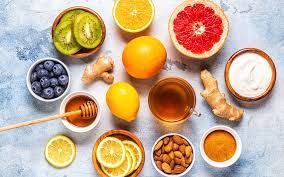
As the temperature drops and the days get shorter, winter brings cozy nights, comfort food, and—for many—an uptick in sniffles, coughs, and the flu. While we can’t control every germ that crosses our path, we can support our immune systems to better defend against them. A strong immune system is the body’s best defense against seasonal illnesses, and with a few intentional habits, you can give yours a well-deserved boost this winter. Let’s break down some evidence-based ways to keep your immune system in top shape through the colder months.

Fall in Buffalo is beautiful—the crisp air, the smell of bonfires, and, of course, the sea of colorful leaves blanketing your yard. But before you grab your rake and get to work, it’s worth talking about something most people don’t think about until it’s too late: the physical toll of yard work. Raking may seem harmless, but poor technique, repetitive motion, and improper lifting can lead to back pain, muscle strain, and even more serious injuries. Here’s what you should know about protecting your body during fall cleanup—and how chiropractic and massage care can help you recover and stay strong all season long.

We’ve all hit our “funny bone” before — that zinger of tingling pain shooting down your arm that you shake out. But when that sensation starts happening without bumping your elbow, it might not be so funny anymore. You could be dealing with something called Cubital Tunnel Syndrome — a condition that gives your ulnar nerve a bit too much attention for comfort. Let’s break down what’s going on inside that elbow of yours, what causes this pesky problem, how to treat it, and what you can do to keep your funny bone feeling more “fun” than “numb.”
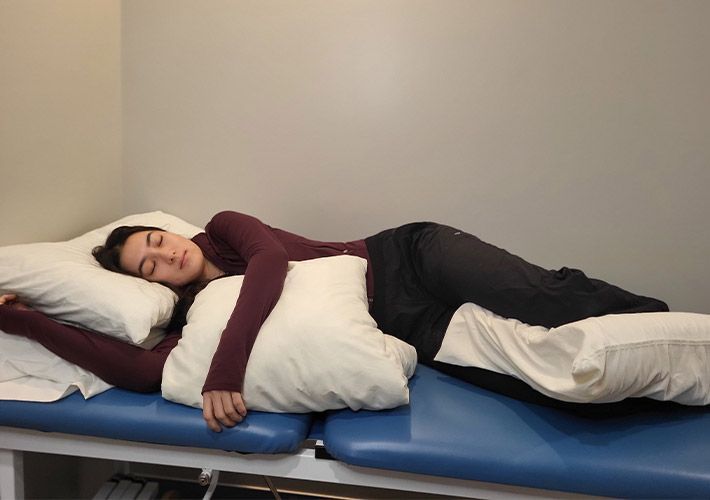
We all know that a good night’s sleep can make or break your day. But what many people don’t realize is that the position you sleep in plays a huge role in how rested—and pain-free—you feel when you wake up. The way you lie in bed can either support your spine and muscles or set you up for stiffness, discomfort, and even long-term issues. As chiropractors and massage therapists, we see the effects of poor sleep posture every day. The good news? With a few simple tweaks, you can protect your spine, reduce strain, and get the most out of your nightly rest. In this post, we’ll break down the best ways to sleep on your back and side, why stomach sleeping isn’t your spine’s best friend, and how the right pillow can make all the difference.
